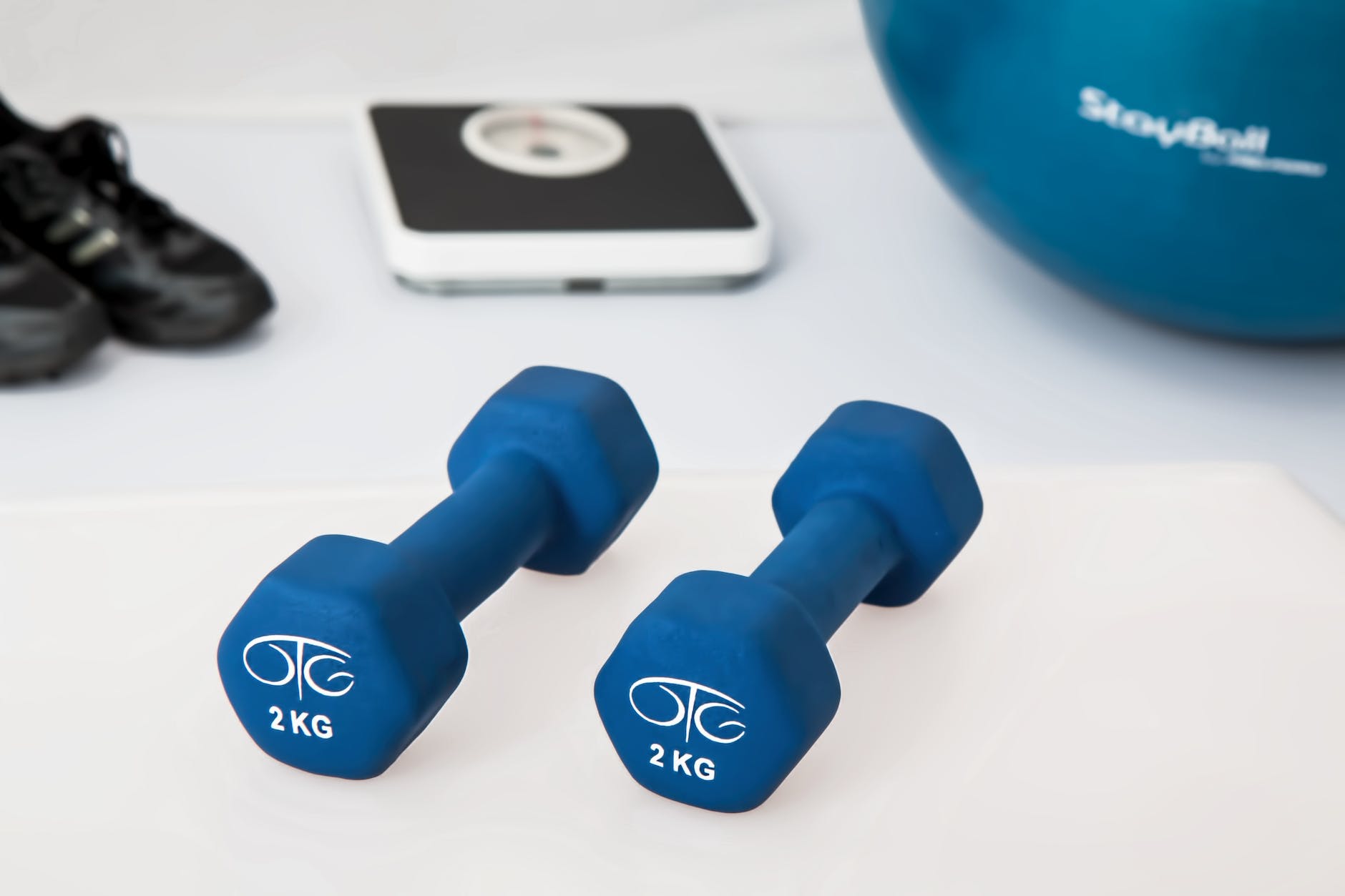The DASH Diet is the most commonly advised eating plan for lowering blood pressure. Yet, this well-studied eating regimen may provide additional advantages.
Understand how this eating pattern compares to other diets and, with the help of a qualified dietitian or health care provider, weigh the benefits and drawbacks to determine if it is a good fit for you.
Are you attempting to reduce your blood pressure through dietary changes? Trust me; you are not alone. In the United States, 108 million people have high blood pressure. That translates to over half of all American adults or 45%. Furthermore, the illness, often known as hypertension, can have significant consequences.
Background
The National Institutes of Health-funded researchers in 1992 to study if dietary changes helped lower blood pressure in test volunteers. There was a study called Nutritional Approaches to Reduce Hypertension (DASH). The study included 459 adults, some of whom had high blood pressure and others who did not.

For three weeks, test subjects were fed a control diet low in fruits, vegetables, and dairy products, with a fat level representative of the average American diet at the time. Following that preliminary phase of the study, individuals were randomly selected into one of two groups. One group consumed a lot of fruits and vegetables. The second group followed a “combination” diet that was high in fruits and vegetables and low in saturated and total fat. The sodium intake and body weight were kept constant.
The researchers discovered that a diet high in fruits, vegetables, and low-fat dairy items, as well as low in saturated and total fat, can significantly lower blood pressure. In 1997, their findings were published in the New England Journal of Medicine.
Researchers discovered that in persons with hypertension, the combination diet reduced systolic and diastolic blood pressure by 11.4 and 5.5 mm Hg, respectively, more than the control diet. The diet was also able to lower blood pressure in persons with normal blood pressure, albeit less significantly.
The diet was explored further in trials such as the Optimum Macronutrient Consumption Study for Heart Health (OmniHeart). Furthermore, researchers began to investigate alternative salt levels in conjunction with the DASH Diet to see whether it might result in additional benefits for patients with high blood pressure.
Some studies in 2001 discovered that decreasing sodium levels paired with the DASH Diet could significantly lower blood pressure. They also stated that “long-term health advantages will be dependent on people’s capacity to make long-term dietary adjustments and greater availability of lower-sodium items.”
Since then, the DASH Diet has become one of the most commonly researched, advocated, and recognized diets. Consumers can access free resources on the National Institutes of Health website, making it one of the most easily accessible diets.
How Does It Work?
The DASH Diet is not a quick-fix diet that you follow to reduce weight. Instead, it is a lifelong eating pattern that promotes overall health and wellness. There are no calorie constraints and no foods that are prohibited.
Following the diet entails constructing meals from a variety of food groups and attempting to limit sodium to 2,300 milligrams or 1,500 milligrams per day, depending on dietary needs. You can also anticipate eating fewer items high in saturated fats, such as fatty meats, full-fat dairy products, and tropical oils like coconut, palm kernel, and palm oil.
It is recommended that you consume lots of fruits and vegetables, whole grains, fish, chicken, legumes, and low- or nonfat dairy products, as well as limit your intake of sugar-sweetened beverages and foods.
To decide how many portions of each food group to consume, first, calculate your overall calorie consumption. Calorie levels are recommended differently depending on age, gender, and activity level.
Women should consume 1,600 to 2,400 calories each day. Males should consume 2,000 to 3,100 calories each day. Calorie counting is not required. But, the more calories you can consume each day, the more servings of each food category you’ll ingest.
The NIH DASH Food Plan also includes lifestyle suggestions to help prevent or lower blood pressure.
Customers are encouraged to:
- Engage in physical activity.
- Keep a healthy weight.
- Restrict your alcohol consumption.
- Stress management and coping
- Stop smoking
- Get lots of rest.

Advantages and disadvantages
People who follow the DASH Diet can expect to reap a number of health benefits. Researchers are constantly discovering new benefits. But, there are a few disadvantages that you should be aware of.
First and foremost, if you follow this diet, you can expect your blood pressure to drop. Several studies have found that adhering to DASH principles can help cure or prevent hypertension.
Those who adhere to the dietary plan were able to lower LDL cholesterol and improve other cardiovascular risk factors. The DASH diet has also been demonstrated to be effective in diabetes and other illness control strategy.
Apart from studies that support the DASH diet specifically, research has consistently shown that limiting sugar intake, eliminating excessively processed, sodium-rich foods, and increasing your intake of fruits and vegetables leads to a wide range of health advantages.
This diet, however, may be difficult to follow. A study on DASH diet compliance discovered that people struggle to keep to the program and require more than simply coaching to do so in the long run. Some research has found that increasing fat intake while decreasing sugar intake may have the same health advantages and ensure better adherence.
Common Myths and Concerns
Myth: The DASH Diet prohibits the consumption of added salt.
Indeed, DASH experts advise removing the salt shaker from the table. They recommend flavoring your food with citrus, spices, or vinegar. Yet, processed foods contain the majority of the sodium consumed by Americans. You can significantly lower your salt intake by eliminating or reducing your consumption of convenience and snack items (such as microwaveable meals, canned soups, pretzels, and crackers). This may allow you to season your food with salt.
Myth: The DASH diet requires everyone to ingest 1,500 mg of salt each day.
The DASH eating program guidelines recommend that you begin by decreasing your sodium intake to 2,300 milligrams per day. Once you’ve achieved that amount, they recommend speaking with your doctor to determine if lowering it to 1,500 mg per day will bring additional health benefits.
Is it possible to lose weight on the DASH diet?
DASH is not intended to aid with weight loss. Also, there has been little long-term research on weight loss on the eating plan.
Nonetheless, for many people, this diet will aid in weight loss. Just reducing your saturated fat intake may assist in creating the energy shortfall required for weight loss. Also, increasing your fruit and vegetable intake and focusing on whole grains may help you feel fuller for longer and may help you eat less for weight reduction results.
How It Measures Up
The DASH Diet has long been regarded as one of the healthiest diets available. Furthermore, because information on how to follow this diet is freely available and based on reliable research, it is frequently suggested by healthcare professionals. Yet, there are various diets that are recommended.
Suggestions from the USDA
When you follow the DASH Diet, you can anticipate consuming macronutrients (carbohydrates, fats, and protein) in accordance with USDA recommendations. Consuming proper levels of vital micronutrients, such as fiber and vitamins and minerals, will also benefit you.
The diet requires you to eat from all of the food groups specified by the USDA, as well as limit food and food additives according to the standards.
Dietary Guidelines for the Mediterranean Diet
Another top-rated, evidence-based eating plan is the Mediterranean Diet. There are no calorie limitations, and no foods are forbidden, as with the DASH Diet. However, eating healthy foods is advised. In accordance with USDA recommendations, the Mediterranean diet includes plenty of fruits, vegetables, fish, nuts, seeds, legumes, heart-healthy fats, and whole grains.
The Mediterranean diet, like DASH, has been extensively researched and is known to give significant health benefits, including a lower risk of cardiovascular disease, metabolic syndrome, some malignancies, obesity, and diabetes.

Flexitarian Diet
The flexitarian diet is a vegetarian diet with greater flexibility. This diet is also highly regarded by health professionals because it emphasizes plant-based eating while allowing for occasional meat-based meals, which may aid in adherence.
Some people who eat flexitarian just eat vegetarian and then occasionally consume meat. Some, on the other hand, adhere to a book based on an eating plan. You can expect to eat calorie-restricted meals if you follow the book by licensed dietician Dawn Jackson Blatner. Your overall daily calorie intake will be around 1,500. You’ll eat from a variety of dietary groups, as recommended by the USDA.
A plant-based diet also has recognized health benefits, such as a lower risk of heart disease, hypertension, and diabetes.
Diet of the Mayo Clinic
The Mayo Clinic diet, like DASH, was created by medical specialists to enhance aspects associated with heart health. It varies from the other applications described in that it is a subscription-based program. The program, on the other hand, is affordable and promises to help you lose weight and enhance your overall health.
Males should aim to ingest 1,400 to 1,800 calories each day. Women should aim for 1,200 to 1,600 calories per day on a diet. The items on this plan will assist you in meeting the USDA’s nutritional requirements.
Getting Starting
According to the National Institutes of Health, following the DASH eating plan for two weeks can lower your blood pressure. Therefore, while adjusting to this eating style may be difficult, the benefits are enormous, especially if you are trying to manage hypertension.
Begin with tiny modifications. Learn how to read nutrition labels to look for lower-sodium meals, restrict your intake of processed foods, and swap out starchy side dishes for fruits or vegetables.
Start creating meal plans based on the food group suggestions if you feel comfortable making small changes.
To Conclude
The DASH Diet is not only advocated by highly regarded medical organizations but the health benefits it is predicted to provide are also backed up by strong scientific data. But keep in mind that no diet works for everyone.
Consider if you believe these adjustments will be manageable as you weigh the benefits and drawbacks of this eating style, dietary recommendations, and lifestyle changes. If you’re not sure, try making one or two DASH-related dietary changes and seeing how it goes.
Finally, talk to your doctor about how dietary changes can affect your individual health profile. In some situations, you may be able to minimize or eliminate your reliance on medicine. Understanding these statistics might help you stay motivated while you decide on the best eating plan for you.
